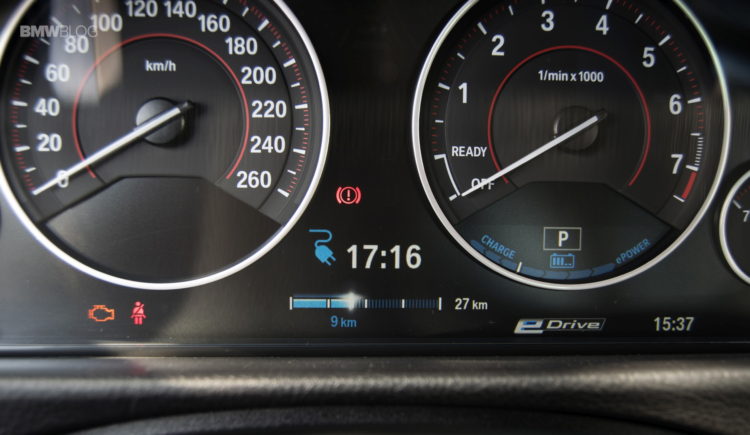A few days ago, BMW aired a few ads that fired shots at Tesla, pretty directly. It was the sort of advertising that most companies in the world do when they have a popular competitor. In these ads, BMW basically said that the 330e iPerformance plug-in hybrid was a better choice than the Tesla Model 3 because it’s actually available, while the Model 3 is still years away.
Being a shot at Tesla, this naturally caused a stir. In fact, BMW might have gotten less flak had it live-streamed a BMW engineer meat-grinding a live dolphin. Tesla fans get fussy over very little. But a lot of the reason why people feel that the BMW 330e is so far inferior to the Model 3 is that it seems as if many people simply don’t understand plug-in hybrids.

In fact, it’s almost proven that plug-in hybrids are misunderstood. When Chevy first launched the Volt, it confused quite a lot of customers, which led to low sales. Same thing happened with the first-gen Toyota Prius plug-in. It seems that most customers just don’t see the point of a car that can run on gasoline but also and electric motor, and can also be plugged in.
Customers understand electric cars. They get plugged in, charge and drive. When the battery goes flat, so does the car and it’s time to recharge. Customers also understand conventional hybrids. They’re gasoline powered vehicles with electric motor assistance that get better fuel economy than the standard gasoline-powered car. But a plug-in hybrid is different. A plug-in runs on gasoline but can also run on pure electric power. It can also run on both. And it can also be plugged in to charge. So its purpose confuses a lot of people. “Why buy a car that can only travel 30 (or so) miles on the battery when I can buy a Tesla that can drive [insert whatever the Model 3 ends up doing]?”
Well, the answer is more complicated than that. The idea is that plug-in hybrids are for all situations. They’re do-it-all vehicles that can be both economically-friendly EVs while also being long-distance cruisers with equal aplomb.
For instance, the average American drives less than 40 miles a day. Those are statistics shared by most automotive companies in the industry. For those people, the average plug-in hybrid has enough electric range to get them from home to work and back without charging in between. However, if you wanna take a road trip that will be a few hundred miles, you don’t need to stop every few hours and wait 45 minutes while the car charges. Just stop, fill up on gas and get to where you need to go.
Now there are some people who feel that plug-in hybrids like the BMW 330e are unnecessary stop-gaps between pure gasoline cars and pure EVs. They feel as if plug-ins are wasted time and resources. However, plug-ins offer a great transition for customer while the infrastructure for EVs continues to build.
When the automobile was first invented, there weren’t a lot of roads and refueling stations were few and far between. It’s much like how EVs are today, where charging stations are in short supply. Admittedly, this transition happened far more quickly, because creating a gas station isn’ really that difficult. But it didn’t happen overnight. And, when the automobile was first invented, there wasn’t a sort of stop-gap vehicle that could be used to make the transition from horse and carriage to the automobile. It’s not like people could strap and engine to a horse and use pure horse power when the engine ran out of fuel.

Plug-in hybrids like the BMW 330e, Chevy Volt and Prius Plug-in are great EV commuter cars for the majority of Americans while also being great long-haul cars that can take families on long road trips with zero range anxiety. They’re the best of both worlds for our current infrastructure. And that last part’s important in understanding what plug-ins are for. They’re for right now, not the future.
So while they might be misunderstood, plug-in hybrids are great economy cars for today’s world. While they may not pave the way for the future, they allow an easy transition into the future. If only they had such a thing when the automobile was first invented.





































































